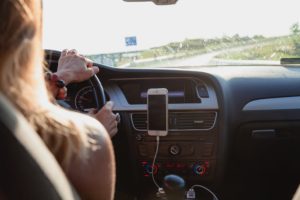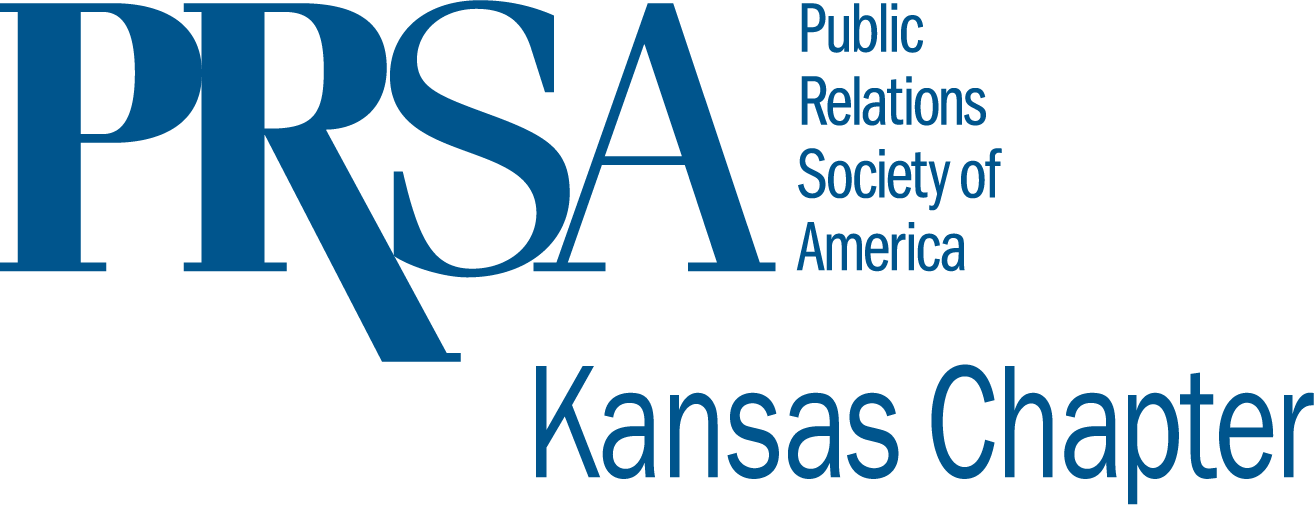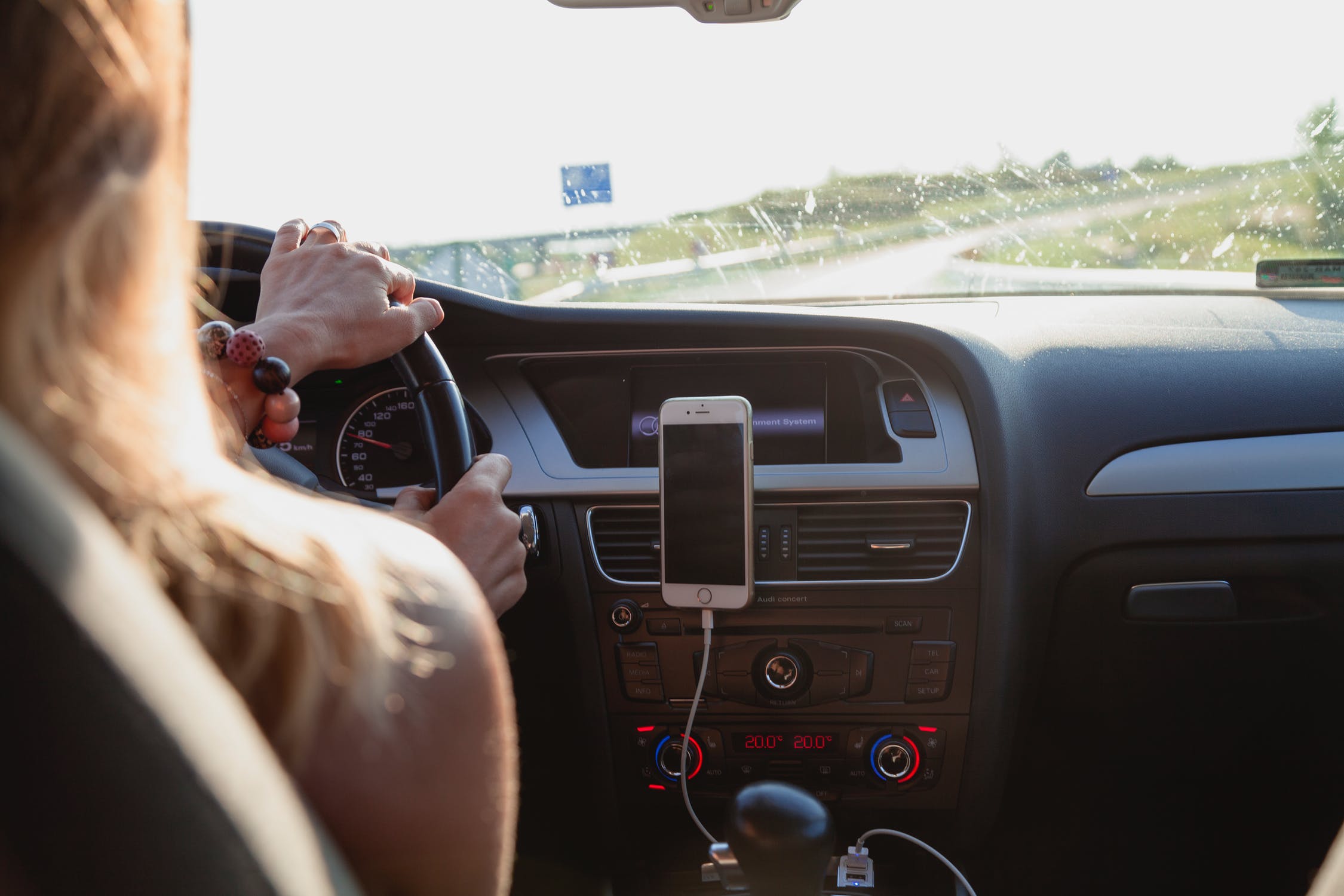
Written by Rachel Bell
Director of Business Services and Customer Relations
Kansas Turnpike Authority
My daughter just turned 14 which means she’s eligible to take the test for a learner’s permit. To help apply what she’s learning to real life, I’ve been pointing out driving behaviors whenever we are in the car. As I’ve been teaching her, it has occurred to me that driving is like good communication.
- Be clear about your intentions. In driving, we use our turn signals and brake lights to tell other drivers where we are heading. In communication, we must clearly state what we need the audience to know. In this fast-paced society, most audiences do not have time for the prose and no one wants to hear corporate speak fluff.
- Use your tools wisely. Don’t leave your blinker on or honk your horn unless absolutely needed. In good communication, we must choose the tools that are effective to get our message out.
- Anticipate the actions of others. On the roadway, this is called defensive driving. In communication, it helps shape key messages and reflects positively on you and your organization. What do you want your audience to know and, more importantly, what do they need to know?
- Agree upon rules (goals). We have traffic laws that are mutually agreed upon or you won’t receive a driver’s license. Good communication also involves clearly understanding and agreeing upon the rules (goals) within your or your clients’ organizations. What are you trying to accomplish? On the roadway, you want to get to your destination safely and on time. In communication, you want to avoid being blindsided.
In communication and public relations, you’re never done learning. Join PRSA Kansas to accelerate your learning, network and advance the PR profession. Learn more on the PRSA Kansas membership page.


Recent Comments